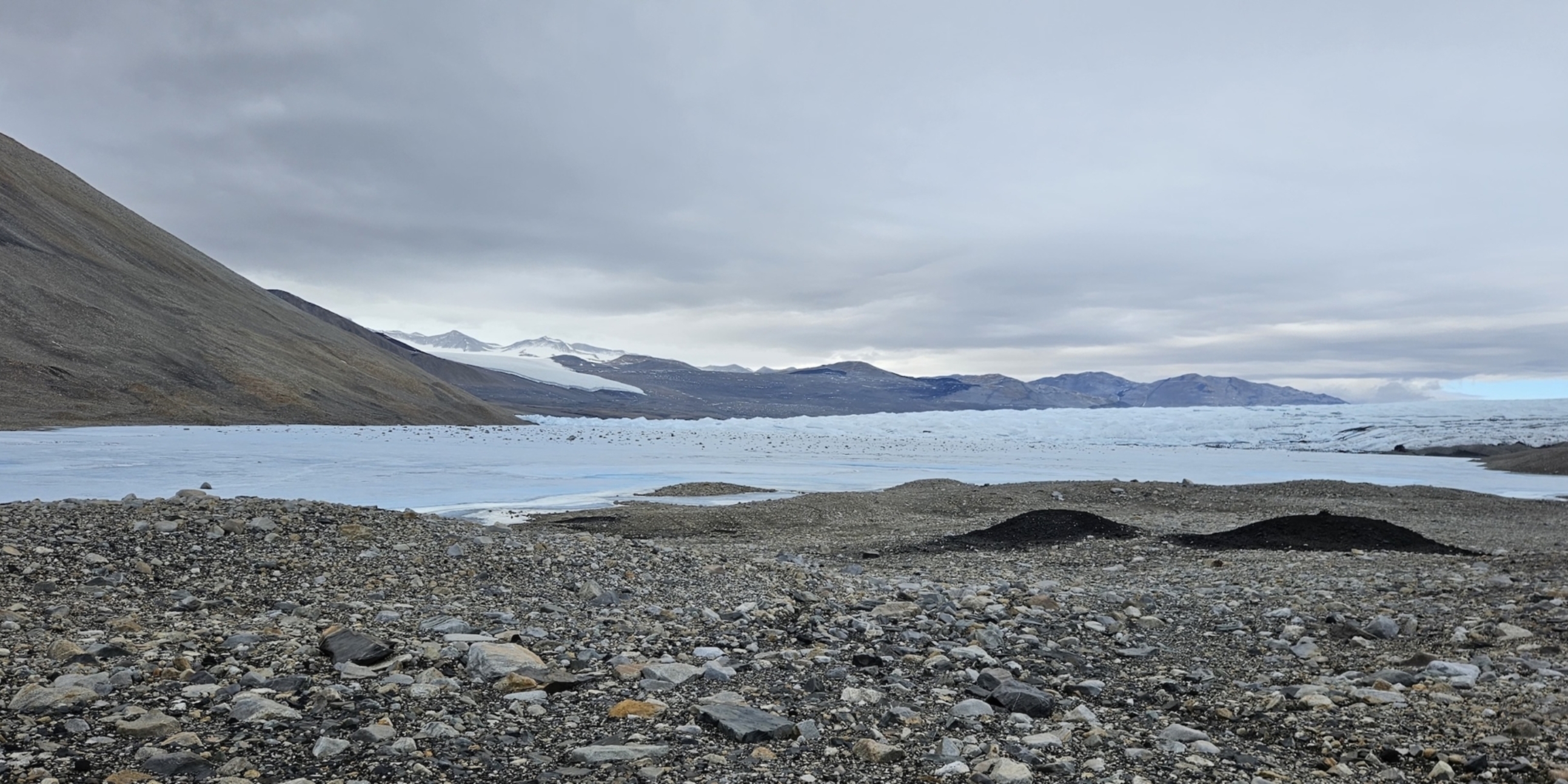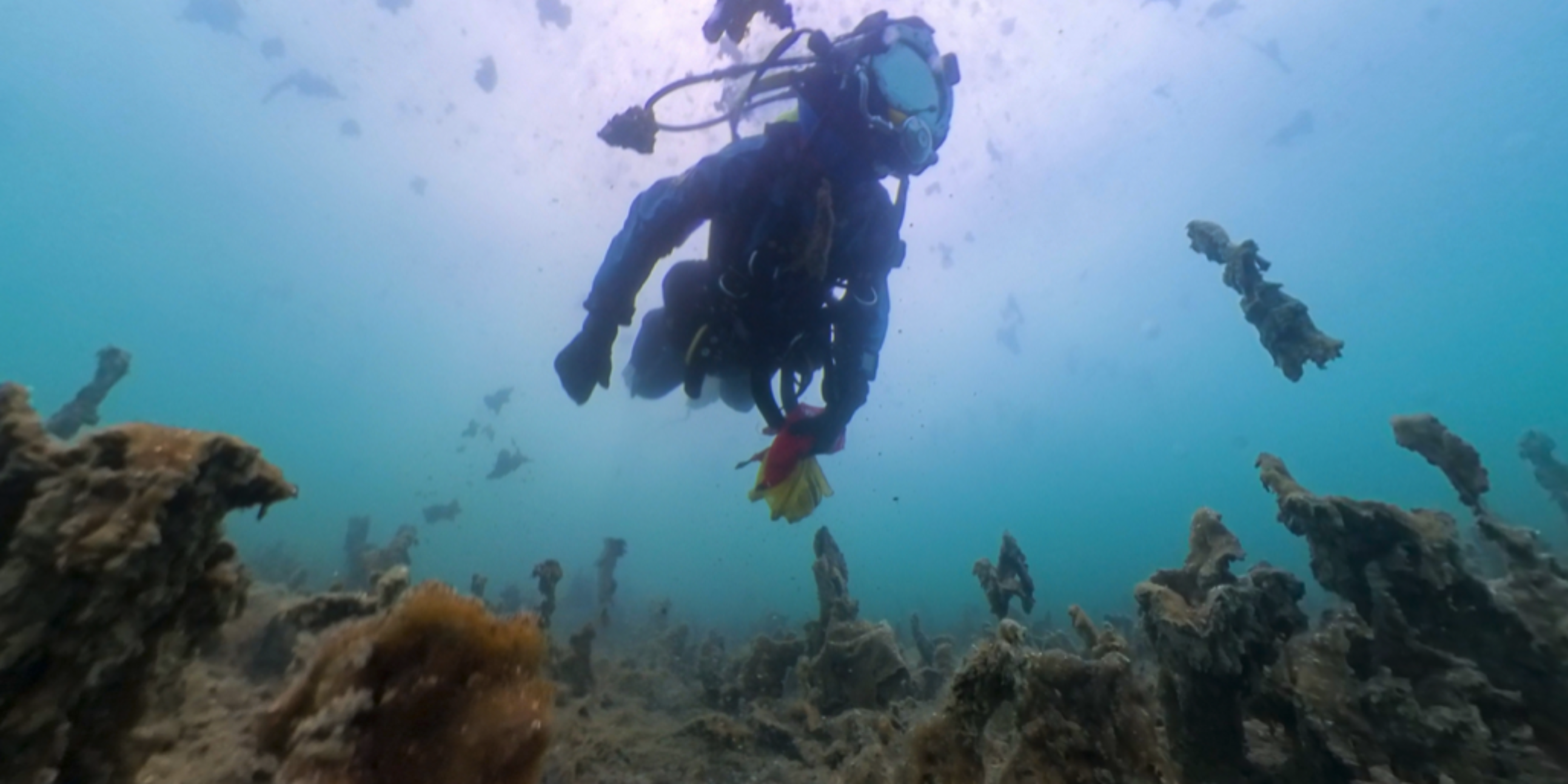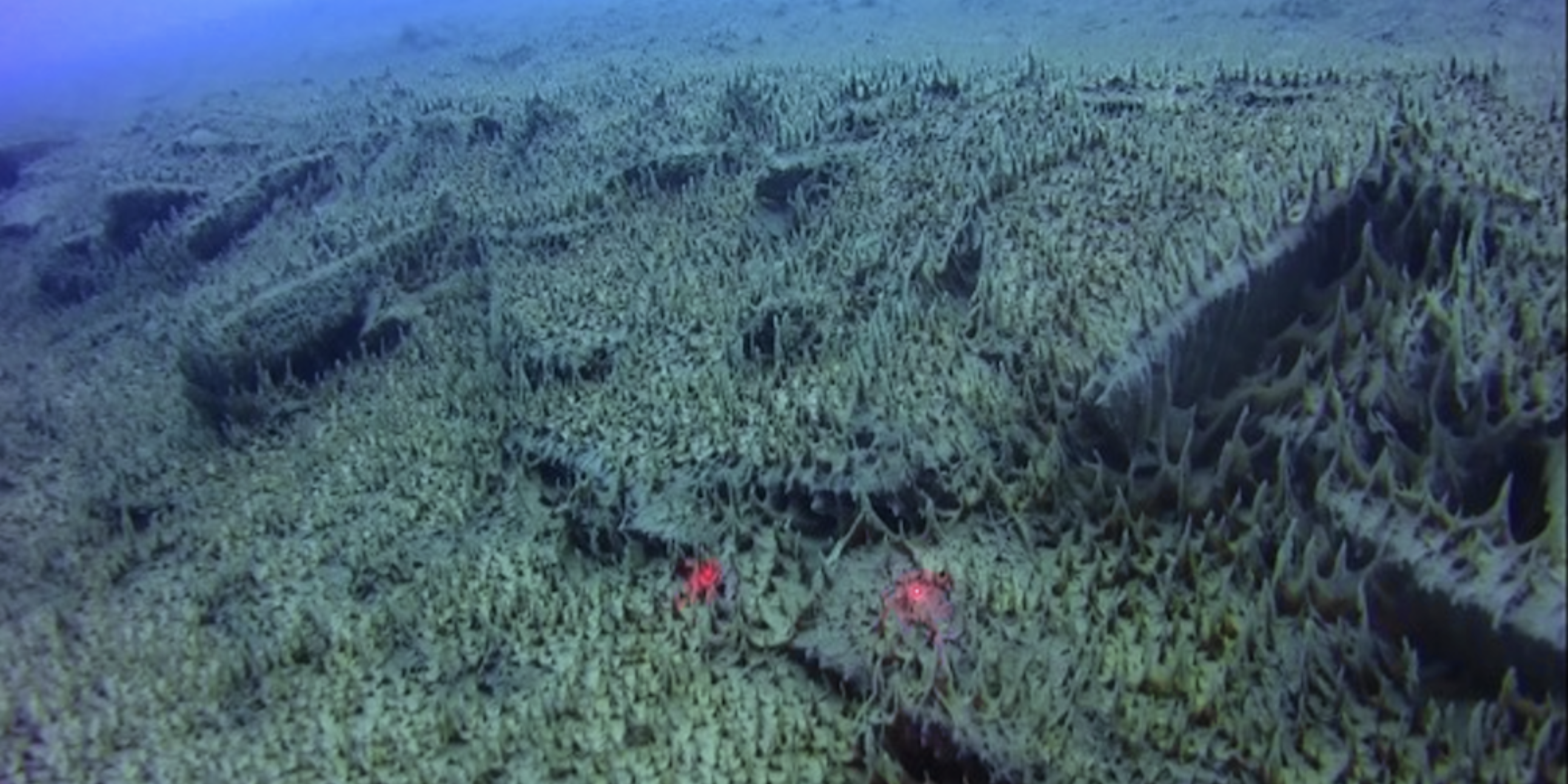
Figure 1: Organisms including bacteria, algae, lichens, mosses and springtails can be found in Antarctica’s ice-free zones. Photo: C. Lee
Case Study: Ecological data support terrestrial Antarctic conservation and management
The Antarctic Science Platform supports Aotearoa New Zealand’s commitment to protect the unique environments and biodiversity of Antarctica.
Unique terrestrial biodiversity
Antarctica has unique terrestrial habitats and a corresponding unusual biodiversity, particularly within microbial communities. Species are vulnerable to habitat change, and to threats of increased connectivity between habitats that changing climate and the increased prevalence of extreme events (such as big storms, heatwaves, floods) are likely to generate. Management frameworks to preserve the continent’s unique biodiversity must enhance protection of critical areas, and minimise the risks of contamination and of unintended species transfer to and within the continent.
Strengthening Antarctica’s environmental management policies
The Platform continues to work with New Zealand representatives to the Committee for Environmental Protection (CEP) to support them to understand the risks facing Antarctic terrestrial ecosystems, and to develop practical responses for ecosystem management. The CEP provides advice and recommendations to the Antarctic Treaty Parties (nations) relating to the implementation of the Protocol on Environmental Protection to the Antarctic Treaty and its Annexes. The focus in on improving environmental management policies, for both marine and terrestrial environments.
Specific management measures, including Antarctic Specially Protected Areas (ASPAs), are in place to protect areas of exceptional environmental, scientific, historic, aesthetic or wilderness values. All proposed activities on the continent (science, tourism or non-governmental activities, and national Antarctic programme infrastructure) undergo an environmental impact assessment that seeks to:
- identify and mitigate adverse environmental impacts that could result in significant changes in the atmospheric, terrestrial (including aquatic), glacial or marine environments; or
- have detrimental changes in the distribution, abundance or productivity of species or populations of species of fauna and flora.
However, there is a critical need to determine whether existing environmental management measures require adaptation to better preserve Antarctic environments and their biodiversity in the face of changing environmental conditions. Consequently, the CEP’s Climate Change Response Work Programme now prioritises research that responds to the challenges that climate change makes to the values of the continent.

Figure 2: Dried cyanobacterial mats on an ephemeral stream bed. Photo: C. Lee
Science supports the development of mitigation strategies
By focussing on the impacts of a changing climate on the distribution, abundance and diversity of organisms inhabiting the Ross Sea region, much of the Antarctic Science Platform’s ecological research supports the CEP’s research priorities. We have been working with international partners within the CEP, including Antarctica New Zealand, the Australian SAEF research programme (Securing Antarctica’s Environmental Future) and the British Antarctic Survey, to develop mitigation strategies and internationally defensible guidance frameworks to better protect biodiversity (what is present) and biogeography (where species are located) under a changing climate.
Platform research to determine ‘who is where, and why, in Antarctica’ links the occurrence of a species to the environment where it occurs. Based on the distribution of suitable environments, a few observations can then be extrapolated to provide a prediction of where species might be present. Such species distribution modelling research has been undertaken in both marine and terrestrial environments, including a recently completed PhD programme on terrestrial mosses—a key habitat-forming group.
We have also leveraged the Evolving Biogeographic Register (EBR), which collated a large volume of published and unpublished biogeographic information into a spatially referenced database. Growing evidence suggests that dispersal limitation plays a substantial role in dictating biogeographic patterns. In terrestrial regions, recognising these two issues is particularly important as suitable habitats are often small, ice-free 'islands' isolated by vast 'oceans' of ice. Differences between the on-ground biogeographic observations and modelled distributions will provide insights into connectivity and support new approaches for a protected area network for the continent that will provide systematic protection to biodiversity.
Site rehabilitation
In addition, the Platform has worked with environmental managers at Antarctica New Zealand to develop frameworks to optimise rehabilitation of contaminated sites, with a focus on Lake Vanda, where rising lake levels (due to increased meltwater production in recent decades) have inundated sites previously occupied by research facilities.


Figure 3: Antarctic lakes are home to elaborate microbial mats. Photos: Ian Hawes
- Hawes, I., Howard-Williams, C., Gilbert, N. Towards an Environmental Classification of Lentic Aquatic Ecosystems in the McMurdo Dry Valleys, Antarctica. Environmental Management 67, 600–622 2021. doi.org/10.1007/s00267-021-01438-1
- Hawes I, Howard-Williams C, Gilbert N, Hughes KA, Convey P, Quesada A. The need for increased protection of Antarctica’s inland waters. Antarctic Science. 2023;35(2):64-88. doi:10.1017/S0954102022000463
- Howard-Williams C, Hawes I, Gilbert N. Why do so few Antarctic Specially Protected Areas protect inland waters? Antarctic Science. 2021;33(3):231-232. doi:10.1017/S0954102021000201
- Hawes I, Howard-Williams C, Webster-Brown J, Poirot C. Restoration of legacy contaminated sites in Antarctica: Lessons from Vanda Station, McMurdo Dry Valleys. Polar Record. 2025;61:e2. doi:10.1017/S0032247424000354
This case study was prepared as part of the Platform’s annual reporting to the Ministry of Business, Innovation and Employment for the 2024/25 contract year. It describes how Platform science is informing the development of mitigation strategies to better protect Antarctica’s biodiversity and biogeographic values under a changing climate.